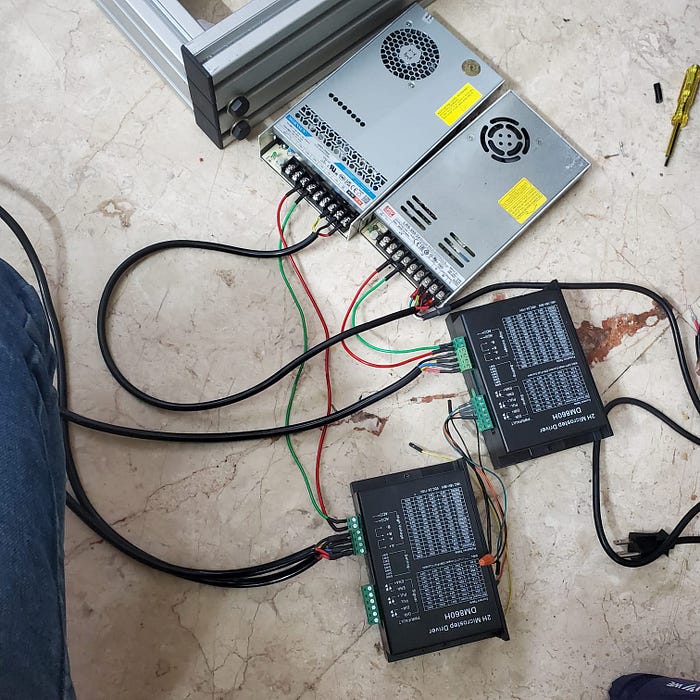Introduction to Runway
Runway is a company that has been making waves in the tech industry with its innovative approach to video generation. Founded in 2018 by art students at New York University’s Tisch School of the Arts, the company has been able to hold its own against bigger competitors like OpenAI.
Founders and Background
The founders of Runway, Cristóbal Valenzuela and Alejandro Matamala from Chile, and Anastasis Germanidis from Greece, bring a unique perspective to the table. Unlike many competing startups that were founded by AI researchers or Silicon Valley entrepreneurs, Runway’s founders come from an art background. This has allowed them to approach the development of video generation tools with a focus on creativity and usability.
Applications and Uses
Runway’s technology has been used in a variety of applications, including film and television production. For example, it was used to produce a sequence in the film "Everything Everywhere All At Once," where two rocks with googly eyes had a conversation on a cliff. It has also been used to create visual gags for "The Late Show with Stephen Colbert." These examples demonstrate the potential of Runway’s technology to bring creative ideas to life.
Competitive Advantage
While Runway is vastly outspent by its competitors, it has been able to carve out a niche for itself by focusing on marketing to creative professionals like designers and filmmakers. The company has implemented tools that make it easy to integrate Runway into existing creative workflows, allowing users to use the platform as a support tool rather than a standalone creative product. This approach has helped Runway secure partnerships with major companies like Lionsgate, which has allowed the company to train its models on a vast library of films and provide bespoke tools for use in production or post-production.
Controversy and Criticism
However, not all creatives are on board with Runway’s approach. The company is one of the subjects of a widely publicized intellectual property case brought by artists who claim that Runway and other companies have illegally trained their models on their work without permission. Additionally, a report in 404 Media revealed that at least some of Runway’s training data included video scraped from the YouTube channels of popular influencers, film studios, and more. This has raised questions about the company’s data collection practices and its respect for the intellectual property rights of creators.
Conclusion
In conclusion, Runway is a company that is pushing the boundaries of what is possible with video generation technology. While it faces challenges and controversy, its innovative approach and focus on creativity and usability have allowed it to carve out a niche for itself in a crowded field. As the company continues to evolve and improve its technology, it will be interesting to see how it navigates the complex issues surrounding intellectual property and data collection.
FAQs
- What is Runway and what does it do?
Runway is a company that specializes in video generation technology, allowing users to create realistic and creative videos using AI. - Who founded Runway and when?
Runway was founded in 2018 by art students at New York University’s Tisch School of the Arts, including Cristóbal Valenzuela, Alejandro Matamala, and Anastasis Germanidis. - What are some examples of Runway’s technology in use?
Runway’s technology has been used in film and television production, including in the film "Everything Everywhere All At Once" and on "The Late Show with Stephen Colbert." - What is the controversy surrounding Runway?
Runway is facing a lawsuit from artists who claim that the company has illegally trained its models on their work without permission, and has also faced criticism for its data collection practices. - What is Runway’s approach to video generation and how does it differ from its competitors?
Runway focuses on marketing to creative professionals and has implemented tools that make it easy to integrate the platform into existing creative workflows, allowing users to use the platform as a support tool rather than a standalone creative product.











